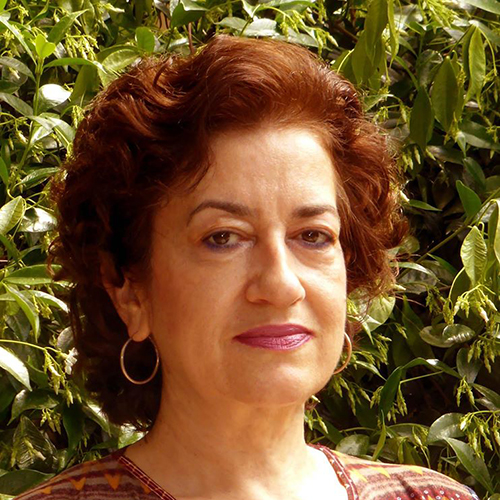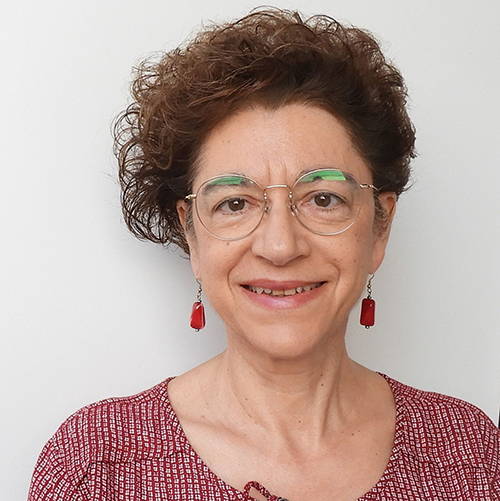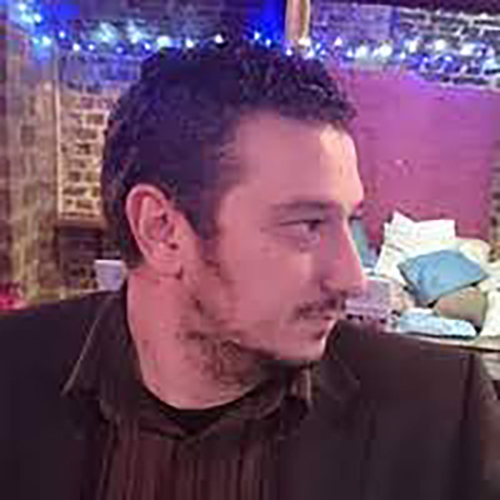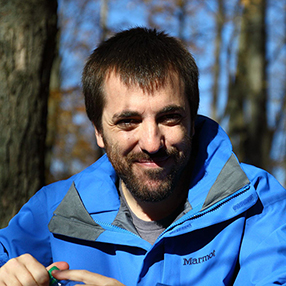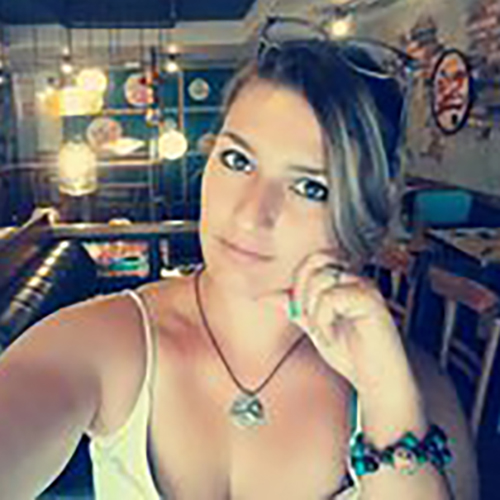Tracking Re-cycling: Archaeological and Anthropological Survey in the Habitat of the Xanthi Region, Thrace

In the past few decades, we have been continually encouraged as a society to “think green” and to recycle, upcycle, reuse, reduce waste and repurpose a variety of objects. The Research Programme TRAASH is based on the view that these secondary or alternative uses may shed new light on the record of objects as well as the identity of their makers, distributors, and users.
The region of Xanthi is a case study for a diachronic analysis of how such practices were applied by various cultural groups from prehistory to modern times, such as the ancient Greek colonists and the indigenous Thracians or, recently, by contemporary rural communities. The diachronic analysis of all these parameters in the Xanthi region will promote understanding of broader social and cultural interchanges and highlight the ways that people diachronically used to extend the lifetime of objects, landscapes and even ideas that convey multiple meanings and, thus, reflect the mentality, memory, cult, individual and group/communal identity.
All these practices, however, are not restricted only to material culture, but are also applicable to landscapes and concepts, thus having a deeper physical and cognitive impact on societies and cultures. The changing patterns of landscape exploitation and locally available natural resources may trace behavior and activities of distinct cultural groups through time.
Within the framework of the current research programme, experienced specialists and young researchers will actively participate to collect archaeological, historical, ethnoarchaeological and other types of data that may help formulate a model of environmental and material sustainability for future application by modern societies.
The International Inter-Science Research Programme
TRAASH
collaborates with the Archaeological Project at Abdera and Xanthi
(APΑX)
and is supported by the Hellenic Foundation for Research and Innovation (H.F.R.I)
with Eurydice Kefalidou as scientific director.
The items recorded include 'deposits', 'withdrawals', alterations or even deliberate 'destruction' of various objects,
the use of spolia in architecture, the melting of glass and metal objects, etc., within a variety of environments and with
different uses (e.g. in houses, places of worship, cemeteries, fortresses, etc.).
Paschalis Maggidis, M.A. Student, Depaρtment of History and Archaeology, National and Kapodistrian University of Athens.
